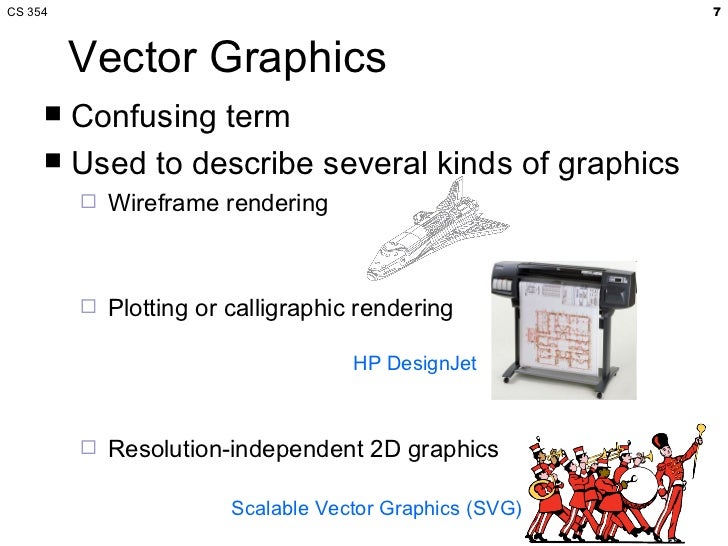
Transformations Unleashed Quartz 2d Graphics For Mac
Mar 24, 2006 Beginning with Mac OS X 10.4, Tiger, Quartz 2D replaces the QuickDraw® graphics library in legacy applications and provides the functionality developers need to take advantage of the latest hardware. Quartz 2D Graphics for Mac OS X® Developers is a hands-on guide and introduction to Quartz 2D. Differences between the interfaces and features.
Written by members of the development team at Apple, Programming with Quartz is the first book to describe the sophisticated graphics system of Mac OS X. By using the methods described in this book, developers will be able to fully exploit the state-of-the-art graphics capabilities of Mac OS X in their applications, whether for Cocoa or Carbon development. This book also serves as an introduction to 2D graphics concepts, including how images are drawn and how color is rendered.
It includes guidance for working with PDF documents, drawing bitmap graphics, using Quartz built-in color management, and drawing text. Programming with Quartz is a rich resource for new and experienced Mac OS X developers, Cocoa and Carbon programmers, UNIX developers who are migrating to Mac OS X, and anyone interested in powerful 2D graphics systems. Written by members of the development team at Apple, Programming with Quartz is the first book to describe the sophisticated graphics system of Mac OS X. By using the methods described in this book, developers will be able to fully exploit the state-of-the-art graphics capabilities of Mac OS X in their applications, whether for Cocoa or Carbon development. This book also serves as an introduction to 2D graphics concepts, including how images are drawn and how color is rendered. It includes guidance for working with PDF documents, drawing bitmap graphics, using Quartz built-in color management, and drawing text.
Programming with Quartz is a rich resource for new and experienced Mac OS X developers, Cocoa and Carbon programmers, UNIX developers who are migrating to Mac OS X, and anyone interested in powerful 2D graphics systems.
Quartz uses a standard Cartesian coordinate system. By default, the origin is in the lower-left corner of the drawing canvas with x values increasing to the right and y values increasing upwards.
Coordinates are floating-point values that represent units in a device-independent coordinate system. An application can draw to a window or a bitmap, a printer, or another output device. Quartz takes care of mapping the coordinates appropriately.As you've seen in 'Quartz 2D Drawing Basics' (page 15), the coordinate system can be transformed by translation, rotation, and scaling operations to achieve a variety of interesting effects with relatively little effort. Quartz also provides additional functions to manage coordinate transformations in a variety of ways. With a more complete understanding of the Quartz coordinate system, coordinate transformations, and the tools Quartz provides, you can greatly increase the capabilities of your application and simplify your usage of Quartz. User Space and Device SpaceQuartz operates in two coordinate spaces: user space and device space.
Here is what I observerd:If I launch Steam, and go to the Store (e.g look at the summer specials) and then launch CIV, the mods disappear.If I make sure that Steam has not yet been started and then launch CIV, steam starts up as part of the process to start CIV, but the mods do appear.In summary: make sure Steam is not running on your computer before you start CIV, and the mods will appear.Every since I've used this approach, my mods always now appear. 
User space is an idealized coordinate system that an application draws into. User space coordinates don't necessarily correspond to individual pixel values on any particular output device.
User space is abstract; it can be transformed by translation, rotation, and scaling. The origin, orientation, and scale of user space coordinates are not fixed.Device space is the coordinate system that corresponds to the individual pixels on a specific physical output device, such as a display or printer. The device space coordinate system does not.